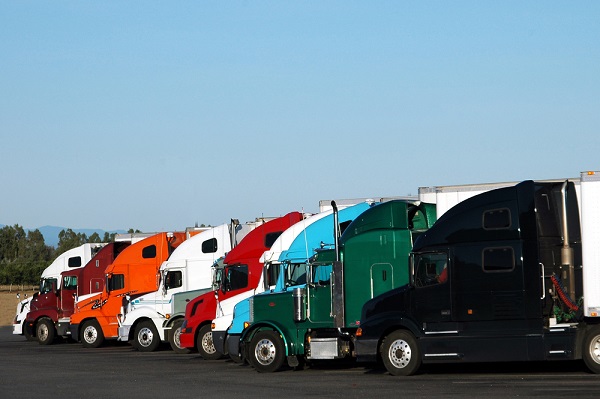How Social Inflation and Nuclear Verdicts Are Impacting the Trucking Insurance Market

By: Olivia Overman
In the commercial auto segment, the most troublesome line is trucking, according to the Risk Placement Services Inc. (RPS) “2021 U.S. Transportation Market Outlook.” The primary drivers of market disruption are the rise in social inflation and nuclear verdicts inflating the cost of claims, driver shortages and a spotty post-pandemic economic recovery.
“Commercial auto insurance hasn’t turned an underwriting profit since 2010,” says Nick Saeger, assistant vice president of transportation, products & pricing, Sentry Insurance. However, in 2020, carriers may have experienced lower loss frequency results when accident fatalities involving large trucks and buses dropped nearly 13% to 4,565 fatalities and nonfatal crashes plunged 14% to 156,707, according to the National Highway Traffic Safety Administration.
But while the COVID-19 pandemic gave the trucking industry a reprieve when restrictions limited driving and trucking crashes and fatalities dropped, the demand for trucking services is growing and the insurance market continues to face persistent headwinds.
“Industrywide, we’re seeing significant increases in both the average dollar amounts of nuclear verdicts and their frequency,” says Donato Monaco, president of Northland Insurance, a division of Travelers. “Recent actuarial analysis conducted by the Insurance Information Institute and the Casualty Actuarial Society found that over the course of a decade, social inflation added more than $20 billion to the cost of commercial auto liability claims.”
“Whether you call it a nuclear verdict or just call it a general increase in verdicts, in the last five to 10 years we’ve seen a very steady increase in not only the top verdicts that make the newspapers but also verdicts as a whole,” says Sean Cox, partner, Hall Booth and Smith P.C.
And with trucking playing a key role in U.S. logistics, “all the factors are there to make trucking liability very lucrative for determined plaintiffs’ attorneys,” Cox says. However, those plaintiffs’ attorneys recognize “you’ve also got the possibility of very serious accidents with people getting seriously hurt or dying,” Cox adds. “Additionally, you have some companies that have deep pockets, employing thousands of drivers. These are the makings for nuclear verdicts.”
In March 2020, an Arkansas-based trucking company, RCX Solutions Inc., had to shut its doors following a jury award totaling $23 million for an accident that occurred in 2015. The finding was adjusted to $7.5 million on appeal and RCX’s insurance company paid $1 million of the damages. The remaining payment still forced RCX out of business.
“Large payouts gain a lot of media attention and can perpetuate the belief that large truck lines with expansive assets and their insurance carriers can easily afford to pay large sums,” says Mark Gallagher, vice president, national transportation practice leader, RPS.
While “social inflation is pervasive in more than just trucking insurance, it’s been particularly troublesome in trucking for several reasons,” Saeger says. “For example, with the safety scores publicly available, plaintiffs’ attorneys are able to spin up a story to fit their narrative, using the so-called Reptile Theory—a legal strategy that plaintiffs’ attorneys use to call on the most primal part of jury members’ minds.”
“Higher insurance limits also draw attorneys to these types of cases and more recently, litigation financing, which is essentially a third-party investment into law firms and even specific cases, allows plaintiffs’ attorneys to push more cases to higher limits,” he adds.
Driver shortages also continue to remain a concern for the industry. In 2020, the American Trucking Association (ATA) estimated the industry will need 1.1 million new drivers to replace those who will be retiring over the next 10 years. Driver shortages, driver retention, driver compensation, lawsuit abuse reform, truck parking and the shortage of diesel technicians were highlighted as the top industry concerns for the sector in a 2021 survey by the American Transportation Research Institute (ATRI).
“It’s a hard job but a quality job,” Cox says. “A lot of people work their entire lives and get their children through college working as truckers—but it’s a hard job to attract younger people.”
Looking ahead, the future of transportation may be brighter as “autonomous trucks are expected to lower shipping costs and reduce delivery time by eliminating limitations on driver hours of service, addressing driver shortages and improving highway safety,” Monaco says.
Additionally, the use of technology such as telematics, data capturing and camera programs may improve safety and profitability overall. “Attention to safety, from driver to dispatch to owner, and investments in technology can help dampen the magnitude of rate increases,” Saeger says. “But that’s only if the investment leads to better results.”
Olivia Overman is IA content editor.










